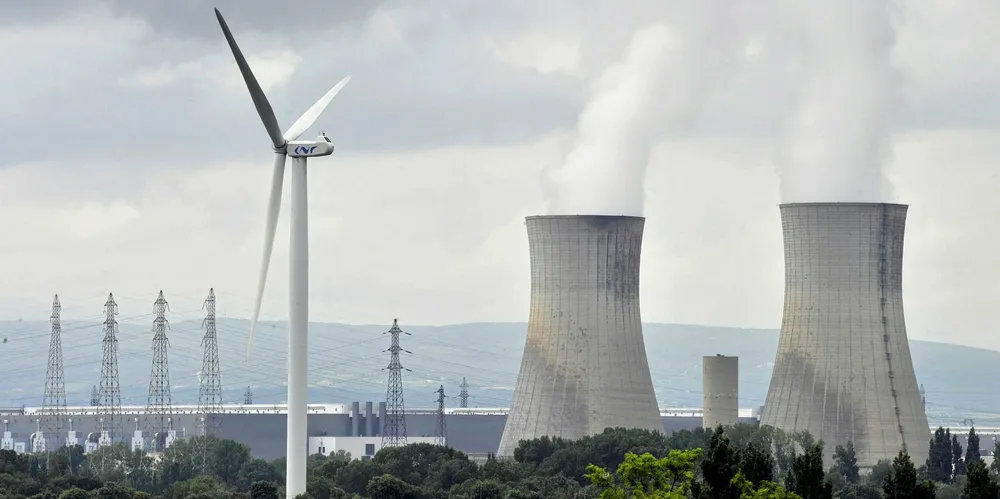Nuclear no option for hydrogen production: German government
Energy ministry state secretary Feicht says, however, that the rule of nuclear will be discussed at an EU level

Energy ministry state secretary Feicht says, however, that the rule of nuclear will be discussed at an EU level
